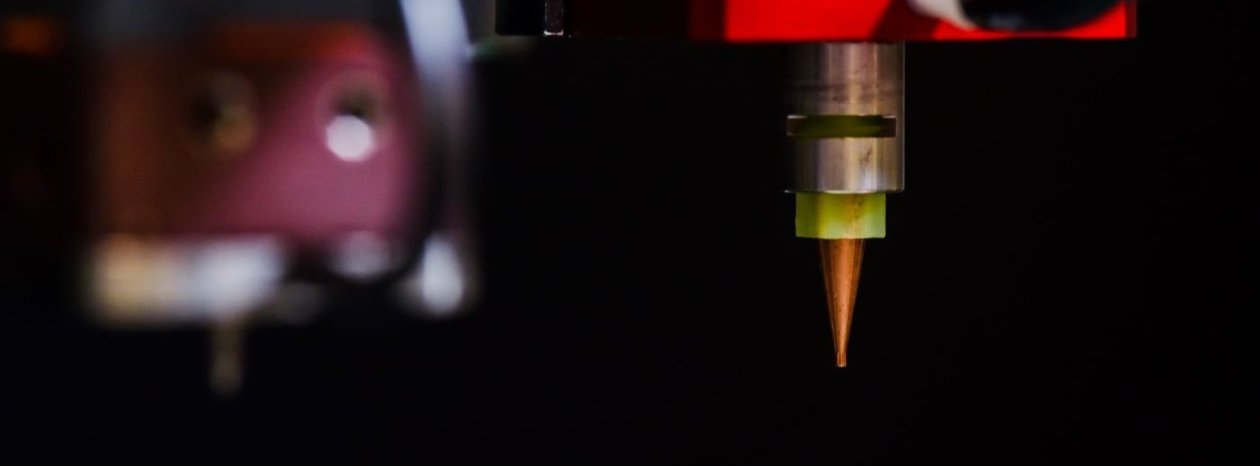Solvent Welding Case Study
SOLUTIONS: PIECING IT TOGETHER FOR YOU
THE CUSTOMER
A Global Medical Device Manufacturer Specializing in Respiratory Devices
THE EQUIPMENT
- FC100-SPR Stainless Steel Spray Valve
- PVA1G Pressure Tank (ASME Certified)
- Low Level Float with Intrinsically Safe Relay
THE CHALLENGE
The Solvent Bonding Conundrum
A customer that manufactures disposable oxygen delivery face masks needed a low-cost solution to bond their large polycarbonate mask to a soft plastic face seal. The preferred method for this application was “solvent welding” which comprises a low-cost chemical bonding agent and short fixture time.
The solvent must be applied over a large area inside the wide u-shaped channel of the soft plastic face seal before the Polycarbonate mask can be assembled and bonded all around the edges. After dispensing, the parts must be assembled quickly as the plastic molecules begin to dissolve and melt together to form a bond.
Speed and Efficiency Face Strict Regulatory Requirements
The existing method used stainless steel front closing dispensing valves and small gauge luer lock dispense tips. It was found that stainless steel valves, with Teflon® seals, held up well against the extremely aggressive solvents.
By using a smaller gauge dispense tip, the surface area of the exposed solvent is kept to a minimum, reducing how quickly the solvent dissipates between cycles. However, with such a large area to cover, the valve must make several passes to dispense solvent onto the sidewalls and bottom of the u-shaped channel.
Of note, using a traditional spray valve was rejected because the atomizing air used to break up and transfer the solvent to the part would flash off approximately 40% of the solvent before it could reach the part. According to local EPA regulations, the high level of contaminants exceeded the amount that could be exhausted out of the building into the environment.
Additional safety requirements at this facility stipulated the fluid reservoir must be certified to hold flammable liquids under pressure and should be limited to a maximum volume of 1 gallon. All sources of ignition such as electrical equipment must maintain a safe distance from the fluid delivery system.
Unfortunately, the maximum volume requirement necessitated the operators shut down the line every few hours to manually check the level of solvent and refill the tank as needed.
THE SOLUTION
FASTER SOLVENT BONDING PROCESS TO MEET ALL SPECIFICATIONS
- Stainless steel valve to handle solvent
- Unique nozzle created a spray like pattern without using atomizing air
- Fluid delivery system that automatically switched to the fullest tank
What the process needed was a valve that could apply the solvent to a wide area quickly and a fluid system that would prevent the line from shutting down so production could be maintained.
For this system, an FC100-SPR Front Closing Stainless Steel Spray Valve was used. This particular spray valve employed a special nozzle that had the ability to break up the solvent and transfer it to a substrate in a spray-like pattern without using atomizing air. The nozzle used a form of hydraulic pressure behind a small diameter nozzle that would break up fluid as it exited the nozzle. The wide spray pattern allowed the entire part to be coated, including side walls of the u-shaped channel, in one pass and with transfer efficiency greater than 90%. Now, with less than 10% flash off, the amount of contaminates exhausted into the environment fell within the acceptable limits of local EPA regulations.
Next, in order to keep the line from shutting down to refill the tanks, an auto crossover system was incorporated. This setup used two 1-gallon, ASME certified stainless steel pressure tanks connected to a pneumatically actuated 3-way ball valve to feed the spray head. Each tank was fitted with a low-level float switch to monitor the solvent level and automatically switch to the full tank when one ran low. Due to safety requirements, intrinsically safe relays were used in between the low-level float switches and the PLC. This relay allowed a current of less than 100 micro amps to reach the float switched which allowed the system to operate within safety regulations.
By using this new non-atomizing air spray valve technology and fluid delivery system configuration, the customer was able to coat their large “welding” area quickly and maintain constant machine production. In addition, all of the strict safety regulations were met.

